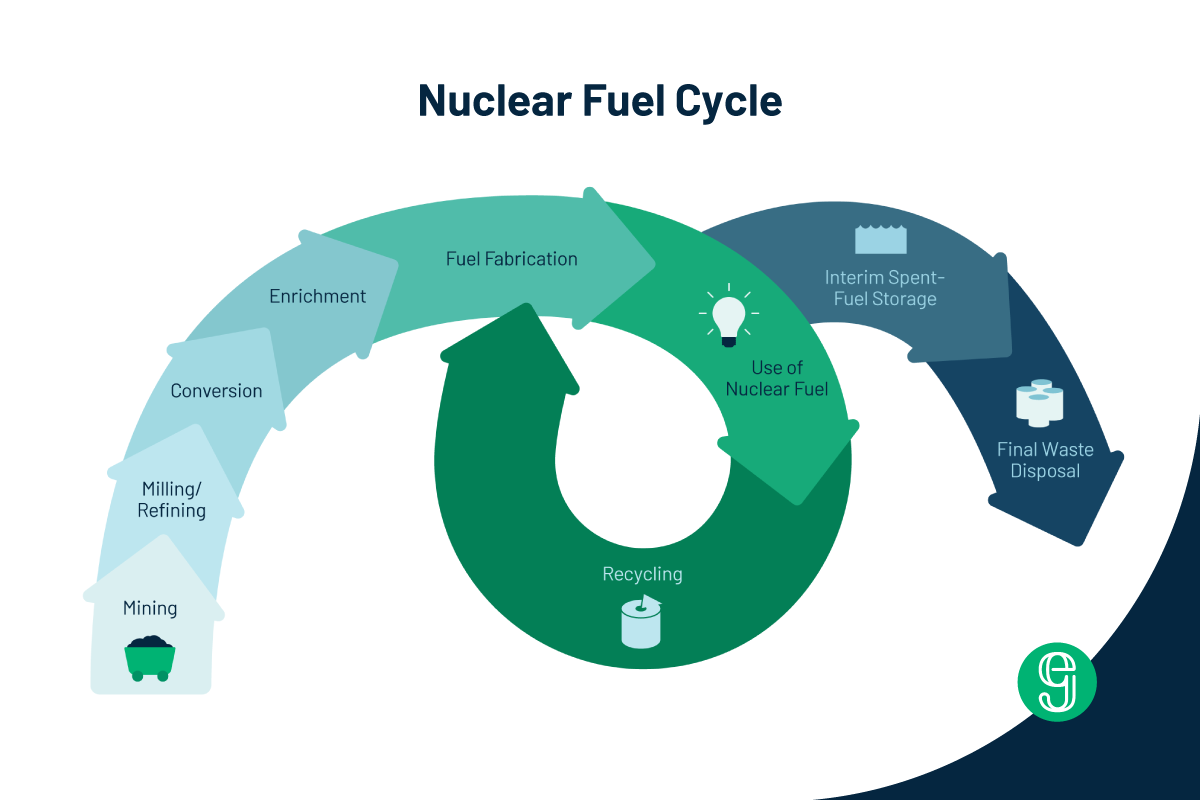And how a new kind of leadership paved the way for Good Energy Collective

Department of Energy via Flickr
When the Green New Deal Resolution was introduced in the U.S. House of Representatives in February 2019, it sent waves through the climate and energy policy world. As Rep. Ocacio-Cortez’s cornerstone campaign issue, reactions to the formal introduction of the Green New Deal Resolution ran the spectrum from outraged to elated. Behind closed doors, I heard seasoned policy wonks criticize the resolution’s over-reach, a lack of organization and leadership, and the absence of a pathway to move the resolution forward into concrete legislative outcomes. I, on the other hand, instantly bought-in. After several years working on climate policy, I knew how siloed and dysfunctional the ecosystem was—how technology and social issues were viewed as completely separate, despite their deep interconnection—and how badly we all needed a new guiding vision to help us update our thinking. To me it felt like exactly the right thing at exactly the right moment.
Behind every good woman there are a whole lot of other good women, and Rep. Ocacio-Cortez is no different. Sara Blazevic and Varshini Prakash, the co-founders of the Sunrise Movement which endorsed Ocasio-Cortez’s primary campaign, had been organizing young people across the country in support of a Green New Deal since 2017—including the now notorious sit-in at House Leader Pelosi’s office in 2018. On the policy-side, Rhiana Gunn-Wright, another visionary behind the Green New Deal, helped draft the resolution from her then post at think tank New Consensus. Countless other men and women worked behind the scenes to co-create a shared vision powerful enough to help us tackle the interconnected existential threats of our time.
Together, these folks launched a framework that fully and confidently integrated social and environmental justice into the climate response at a scale that would matter for both communities and emissions reductions. They leveraged the power of movements and played an inside game. They built from the tenets of intersectionality and translated them into concrete plans, delivering not just a policy proposal, but a whole new approach to policy making. I first observed this unfolding via twitter, in awe of the process, and then started to participate via gatherings, phone calls, and coffee dates. I felt resolute, strong, and at home in this movement.
Through the course of dozens of conversations with colleagues in both the nuclear and climate worlds, I realized that there was no organization currently set up to do the much-needed research and engagement with the deep historical injustices and legacy issues of the nuclear sector. And through this realization I joined with fellow travelers, now my team members, as I learned I wasn’t alone in my desire to tackle these issues. The framework of the Green New Deal helped us realize that without a full accounting of the sector's past, we won’t be able to achieve restorative justice for the communities that have been harmed by legacy waste, weapons, and fuel cycle impacts—and distrust of nuclear technologies will rightfully remain intact. Without developing both new technologies and adoption models that center communities, advanced nuclear technologies simply won’t reach their potential as an essential technology in the climate fight.
The Green New Dealers have cracked open the problem of climate change, reframed what would be required of the solution set, and effectively established new rules for engagement. The leaders of this movement bring a type of leadership that few in the beltway even recognize as leadership—they’ve thrown the doors open and cleared the table for activists and experts, young people and established leaders, asking us all to put our weight behind an appropriately ambitious plan and to help shape the future. As nuclear policy experts, we hear the call, and also realize that it requires taking several steps back in order to really grapple with how the nuclear sector became so problematic in the first place.
This is why we created Good Energy Collective. We are committed to building a new institution that will make space for us and many others to explore these critical issues as they apply to nuclear energy, its history, and its future. We are inspired by the leadership of the Green New Deal and tenets of intersectionality and equity that underpin its vision—and want to bring those values to the conversation about nuclear energy’s place in the clean energy transition. We’re committed to addressing the legacy issues that caused the progressive movement to reject nuclear energy to begin with, and we’re excited to build meaningful connections and engage with local communities from the start to create an energy system that meets their diverse needs. This is why we need a progressive nuclear energy agenda; we need a new road map that will allow us to truly join forces with the climate movement and deliver equitable solutions.















































.png)























.png)






%252520(1200%252520%2525C3%252597%252520800%252520px).png)








